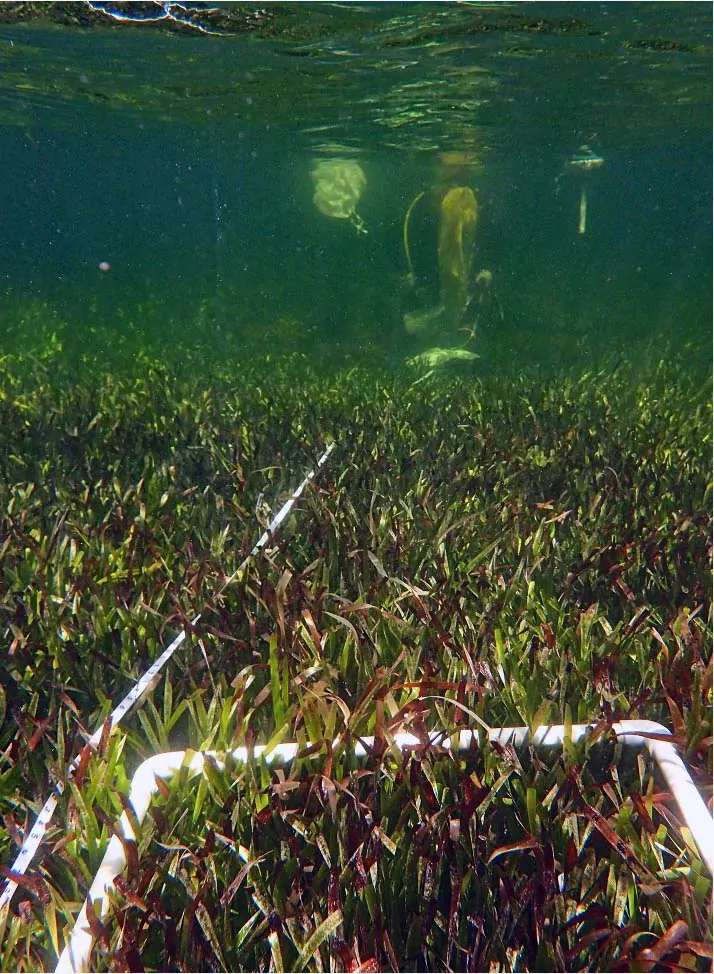Thought to be the biggest plant in the world, a single seagrass estimated to be at least 4,500 years old has been found in Australia stretched across 180km – roughly the distance from London to Bristol.
The gigantic Posidonia australis seagrass plant, also known as ribbonweed, was discovered by researchers from the University of Western Australia (UWA) and Flinders University in the shallow, salty waters of Shark Bay on the country’s west coast. It had lain in plain sight but was assumed to be a meadow of individual plants.
Also read: Biggest Seagrass Bed yet Identified in Cornwall
The scientists had set out to test the genetic diversity of the World Heritage Area’s seagrass meadows, and find out which plants would be best to collect for seagrass restoration.
“We often get asked [the question] how many different plants are growing in seagrass meadows, and this time we used genetic tools to answer it,” said evolutionary biologist Dr Elizabeth Sinclair, from UWA’s School of Biological Sciences and the UWA Oceans Institute.

The team sampled seagrass shoots from across the bay and used the 18,000 genetic markers to generate a “fingerprint”.
“The answer blew us away – there was just one!” said UWA student researcher Jane Edgeloe, lead author of the scientists’ recently published study. “That’s it, just one plant has expanded over 180km in Shark Bay, making it the largest known plant on Earth.
“The existing 200sq km of ribbonweed meadows appear to have expanded from a single, colonising seedling.”
“The 200sq km of Posidonia meadow was based on aerial mapping, and ground truthing done by scuba divers, of living shoots/leaves,” Dr Sinclair explained to Divernet. “The meadows are patchy across Shark Bay, and those patches can change over time. The 180km refers to the longest distance by water between the two most distant patches we sampled.”

The self-cloning seagrass plant is unique not only because of its colossal size but because it is a “polyploid” – which means that it has twice as many chromosomes as its oceanic relatives.
“Doubling the number of chromosomes occurs when diploid ‘parent’ plants hybridise,” said Dr Sinclair. “The new seedling contains 100% of the genome from each parent, rather than sharing the usual 50%.
“Polyploid plants often reside in places with extreme environmental conditions, are often sterile, but can continue to grow if left undisturbed, and this giant seagrass has done just that.
“Even without successful flowering and seed production, it appears to be really resilient, experiencing a wide range of temperatures and salinities plus extreme high light conditions, which together would typically be highly stressful for most plants.”
The researchers are now setting up experiments to understand how the Shark Bay plant manages to thrive under such variable conditions. Their study is published in Proceedings of the Royal Society B.
Also on Divernet: Divers Shift Seagrass Seeds And Nets, We Should Fight To Protect UK Seagrass, Seagrass Damage A Double Whammy

